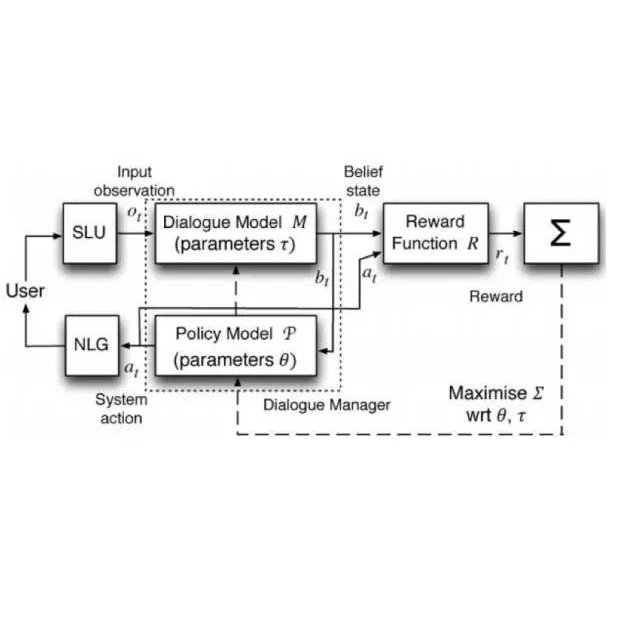Task-oriented Dialogue Systems (TODS) often face the challenge of encountering new intents. New Intent Discovery (NID) is a crucial task that aims to identify these novel intents while maintaining the capability to recognize existing ones. Previous efforts to adapt TODS to new intents have struggled with inadequate semantic representation or have depended on external knowledge, which is often not scalable or flexible. Recently, Large Language Models (LLMs) have demonstrated strong zero-shot capabilities; however, their scale can be impractical for real-world applications that involve extensive queries. To address the limitations of existing NID methods by leveraging LLMs, we propose LANID, a framework that enhances the semantic representation of lightweight NID encoders with the guidance of LLMs. Specifically, LANID employs the $K$-nearest neighbors and Density-Based Spatial Clustering of Applications with Noise (DBSCAN) algorithms to sample selective utterance pairs from the training set. It then queries an LLM to ascertain the relationships between these pairs. The data produced from this process is utilized to design a contrastive fine-tuning task, which is then used to train a small encoder with a contrastive triplet loss. Our experimental results demonstrate the efficacy of the proposed method across three distinct NID datasets, surpassing strong baselines in both unsupervised and semi-supervised settings. Our code is available at https://github.com/floatSDSDS/LANID.
翻译:暂无翻译




